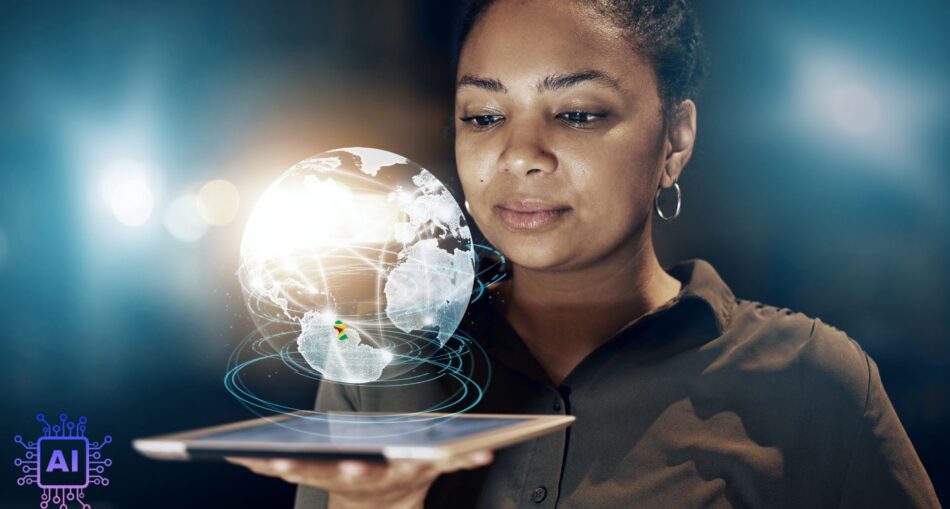Imagine a classroom where personalized learning guides, tireless tutors offer 24/7 support, and engaging content springs to life, tailored to each student’s needs – inclusion. This isn’t science fiction; it’s the potential of Generative Artificial intelligence in Guyana’s education system.
AI (artificial intelligence) refers to the intelligence exhibited by machines, typically involving tasks that usually require human cognitive functions. It has gained tremendous recognition over the last few years, and it has the potential to alter how we live, think and learn. Some popular platforms are OpenAI’s ChatGPT and Google’s Gemini. If you would like to know which is better, read this: AI Showdown: ChatGPT Vs. Google’s Gemini – Which Reigns Supreme?
What is Generative AI?
Think of GAI as a creative machine, producing text, images, code, recipes, and more, all guided by human input. This technology has the power to revolutionize education by:
- Personalizing learning
- Generative Artificial intelligence can create customized study plans, adapt to individual learning styles, and generate practice exercises that target specific weaknesses.
- Boosting accessibility
- Imagine AI tutors offering multilingual support, breaking down complex concepts, or providing audio descriptions for visually impaired students.
- Sparking creativity
- Generative Artificial intelligence can help students write stories, design experiments, or compose music, fostering innovation and critical thinking skills.
- Easing teacher workload
- By automating repetitive tasks like grading and content creation, Generative Artificial intelligence can free up teachers’ time for more personalized student interactions.
The Guyanese context:
Guyana, with its diverse population and ambitious education goals, is uniquely positioned to benefit from GAI. Here’s how:
- Bridging the learning gap
- Generative Artificial intelligence can address teacher shortages and resource limitations, ensuring quality education reaches all corners of the country. This resonates well with the UN’s SDGs call for equal access to education.
- Preserving cultural heritage
- Imagine Generative Artificial intelligence-powered tools translating local languages or generating content that reflects Guyana’s rich history and traditions.
- Preparing for the future
- Equipping students with AI literacy and skills will prepare them for the ever-evolving job market.
Challenges and considerations:
While the potential is vast, responsible implementation is crucial. We must address:
- Ethical considerations
- Bias in algorithms and the potential misuse of technology require careful attention.
- Teacher training
- Equipping educators to leverage Generative Artificial intelligence effectively is essential.
- Digital infrastructure
- Reliable internet access across the country is necessary for widespread adoption.
The way forward:
Guyana’s government has already taken steps towards integrating technology into education, including the “Spark Programme” introducing students to AI. Moving forward, collaboration between policymakers, educators, technologists, and communities is key.
The University of Guyana, the country’s leading university, has responded by providing guiding policies to help regulate the use of Generative Artificial intelligence in education.
By harnessing the power of Generative Artificial intelligence responsibly, Guyana can unlock a future where education is personalized and accessible and empowers all learners to reach their full potential. This is not just about technology; it’s about shaping a brighter future for future generations.
Let’s discuss!
What are your thoughts on the potential of GAI in Guyana’s education system? Share your concerns, hopes, and ideas in the comments below. Together, we can shape the future of learning in Guyana.







